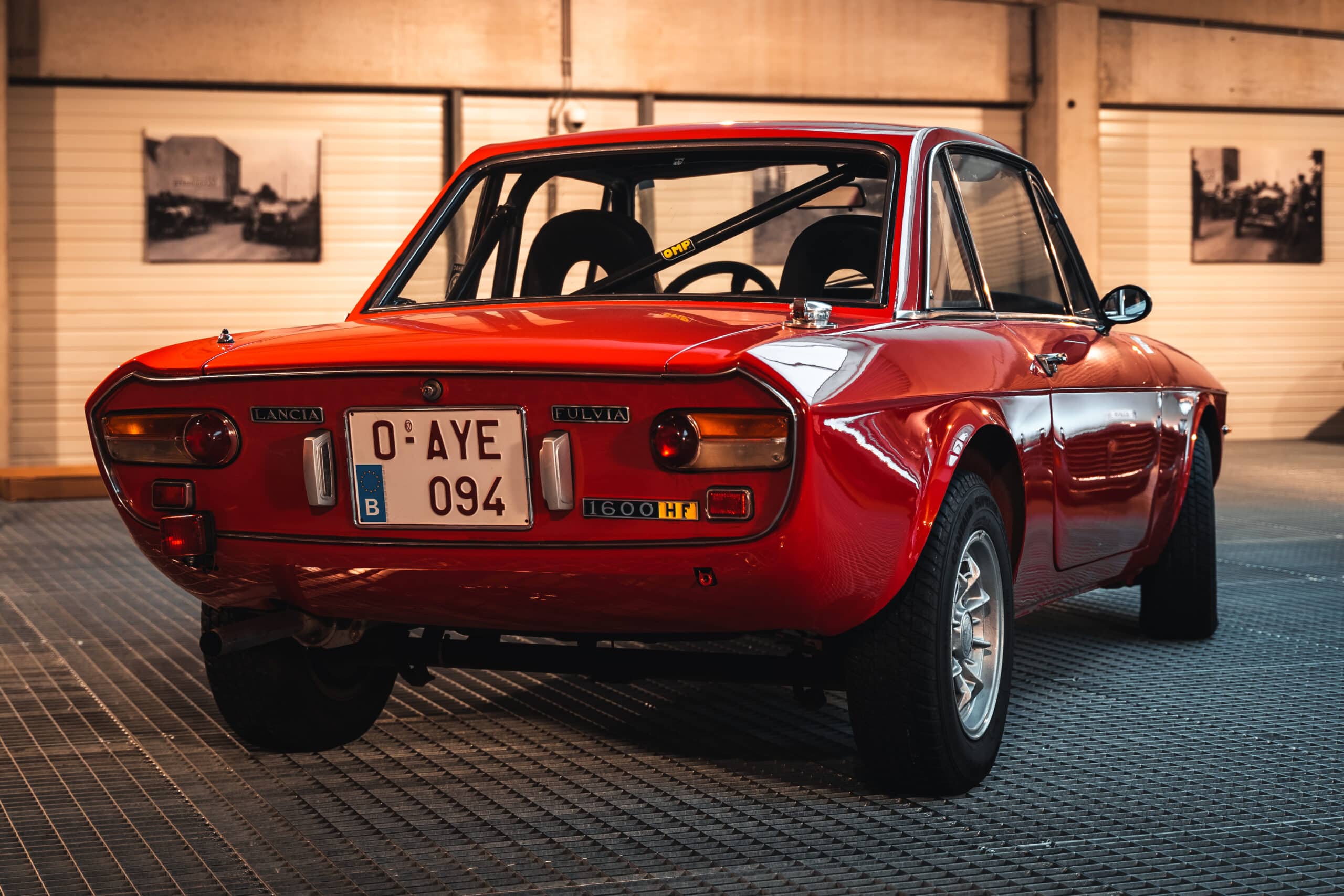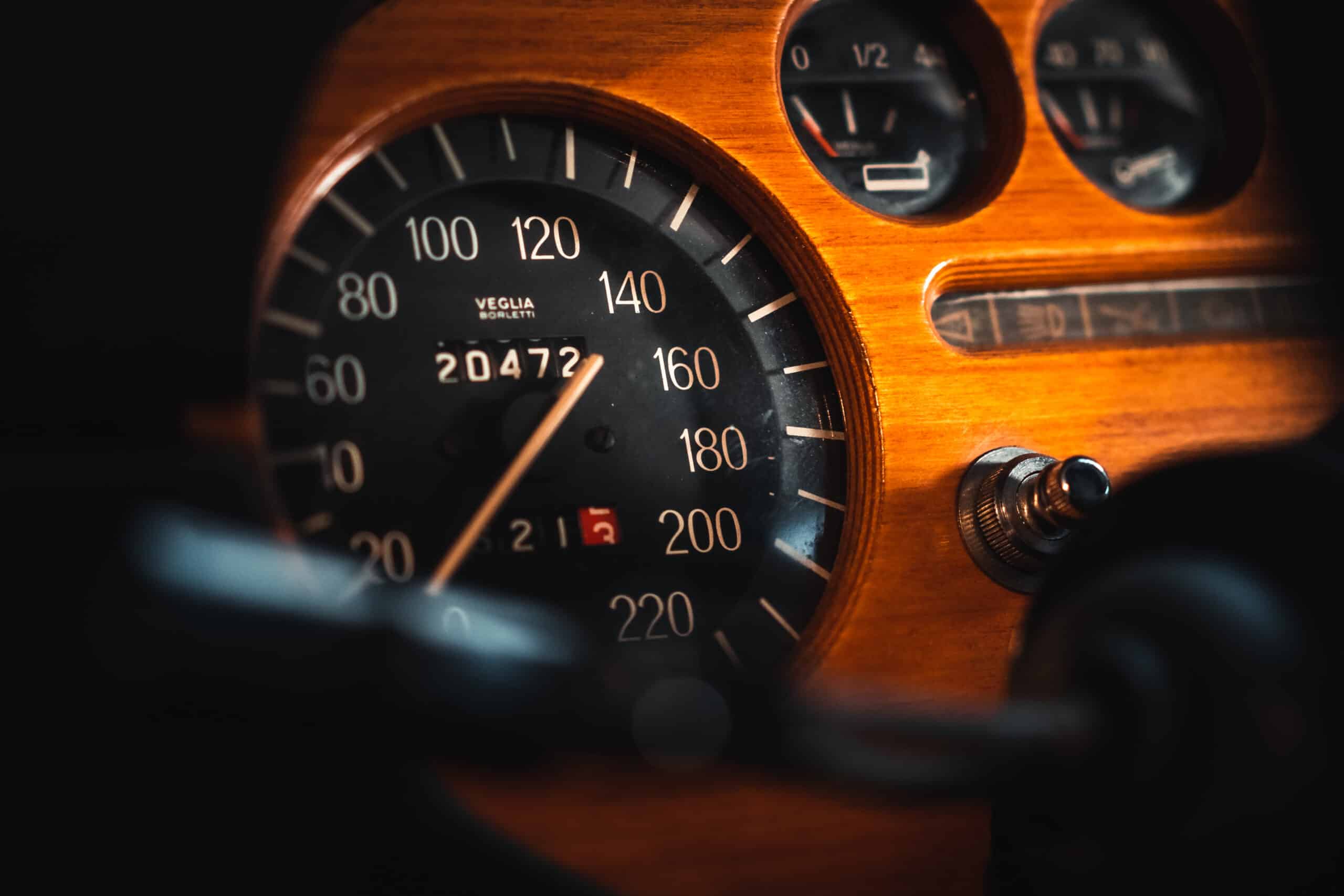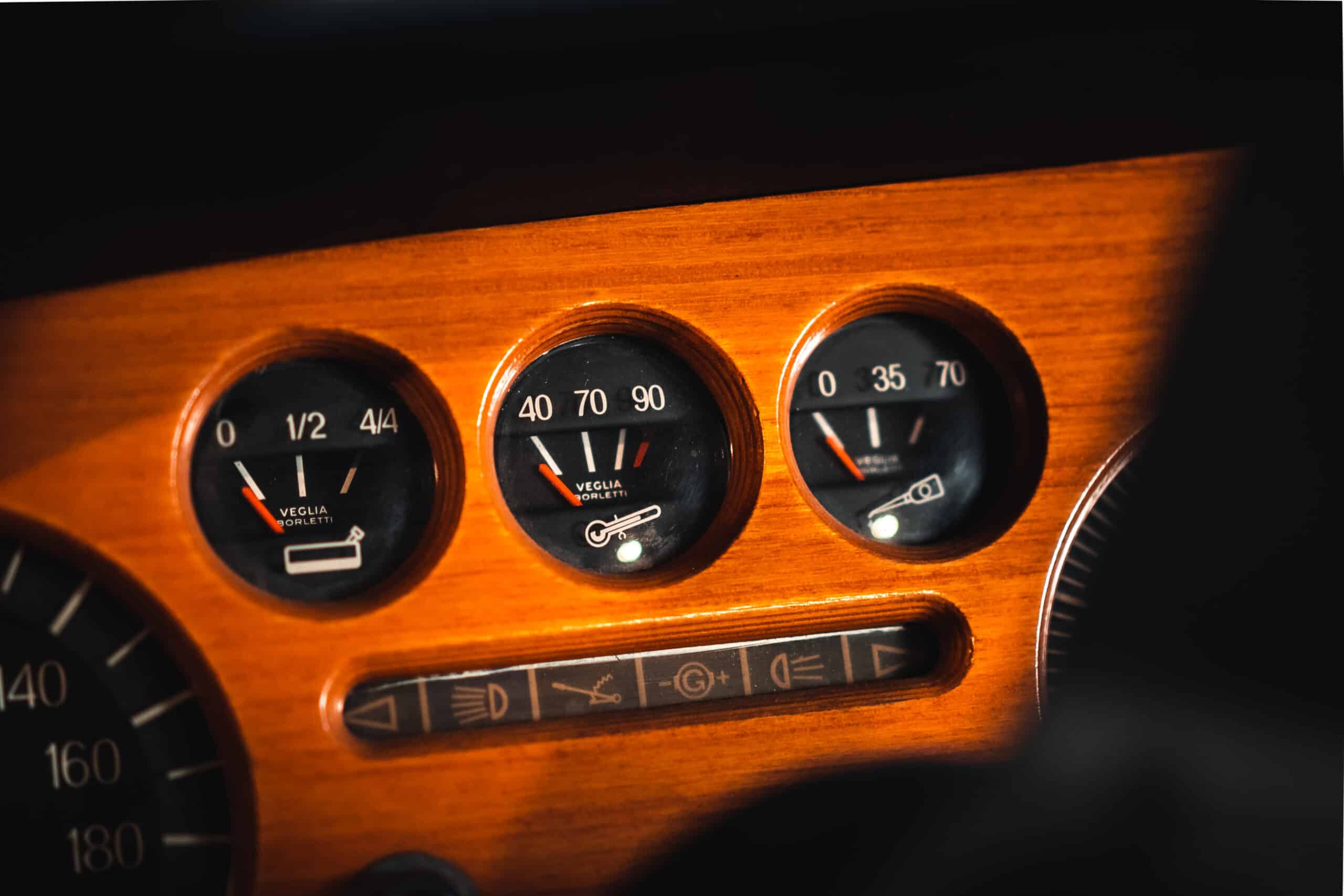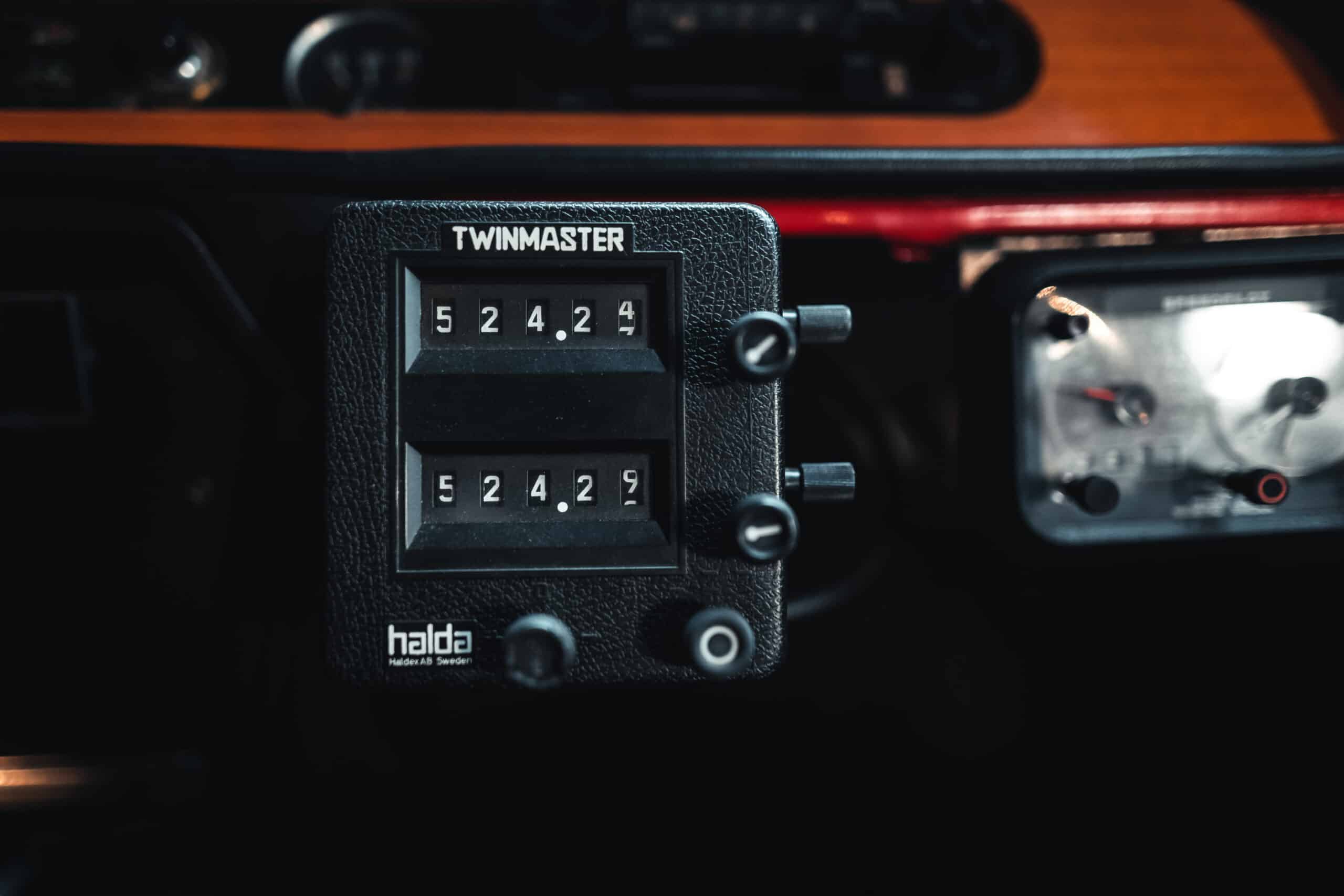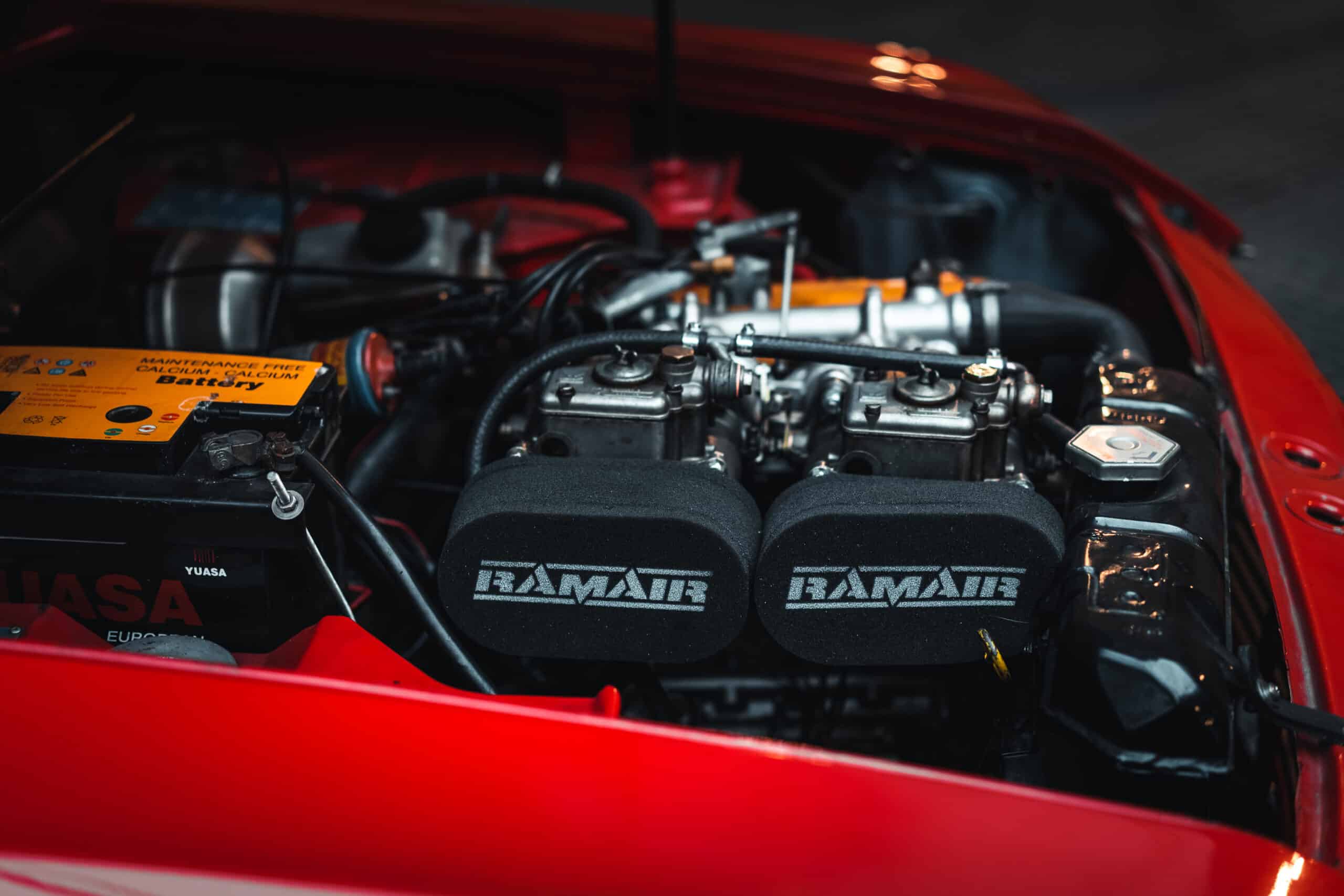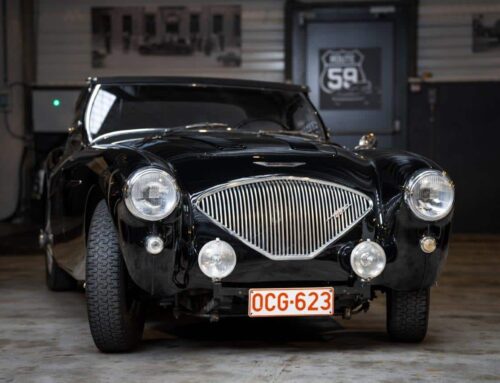Lancia Fulvia 1.6 HF
| Brand | Lancia |
| Model | Fulvia 1.6 HF "Lusso" |
| Color | Red |
| Transmission | Manual 5-speed |
| Pk | 116 ch |
| Year | 1973 |
| Price | Not for sale |
By winning the Monte Carlo Rally in 1972, the Lancia Fulvia Coupé 1.6 HF aroused the interest and passion of the Italian public for rallying, laying the foundations for a magnificent succession of Lancia victories. The success of the Fulvia was followed by the Stratos, the Rally 037 and the Delta S4, culminating in the record-breaking title of the Delta Group A.
Ownership of Lancia was transferred to Carlo Pesenti in 1959, after which the brand’s technical director, Antonio Fessia, successfully ushered in a new era of mass-produced front-wheel-drive cars, beginning with the Flavia in the early 1960s. A professor at the Polytechnic University of Turin, Fessia was a fervent advocate of this technical solution, which was innovative at the time, but which was to become the most widely adopted configuration by all car manufacturers to this day.
Lancia used to launch cars with a larger or smaller sister model, as in the case of the Aprilia/Ardea and the Aurelia/Appia. Thus, in 1963, the Flavia was followed by its “little sister”, the Fulvia, which combined innovation and tradition in its technical solutions. The Fulvia also adopts the new front-wheel drive configuration, but with a narrow V-shaped 4-cylinder engine, in accordance with Lancia convention. Four efficient disc brakes, another rarity for the time, underlined the excellence of the equipment, which borrowed heavily from the Flavia.
The Fulvia Coupe was born two years later under the pen of designer Piero Castagnero. Inspired by the contours of the Riva motorboats, the man who was then in charge of the Lancia Style Center designed an elegant 2+2 sports coupe with a bright interior, featuring large windows and a windshield and rear window that are much more slanted than the sedan version. The first Fulvia Coupe was equipped with a 4-cylinder engine of 1216 cm3 developing 80 hp, which was soon increased to 1.3 liter, then to 1.6 liter. The elegance and class that characterize the model do not prevent the Lancia factory racing team, Squadra Corse HF Lancia, from using it in competition, especially in rallying.
The acronym HF stood for High Fidelity. After the great racing successes of Gianni Lancia in the 1950s, the Lancia sports team was relaunched in February 1963, almost as a private initiative of the Turin brand’s faithful, because Fessia’s technical approach was not conducive to competition. The team is managed by Cesare Fiorio, the team’s driver and Sandro’s son, who was in charge of the brand’s public relations at the time. The budding young manager would go on to achieve great success for Lancia, Fiat and Abarth in the rally and endurance championships over the next few years, before being appointed sporting director of the Ferrari Formula 1 team in 1989.
The Fulvia Coupe gave birth to the HF versions, built for racing and featuring a more spartan trim, without bumpers, with aluminum doors and front and rear hoods, and improved engines. The first HF was equipped with a 1,216 cc engine with 88 hp and a four-speed gearbox (435 units from 1966 to 1967). It was followed by the 1.3 HF with flared wheel arches and 101 hp (882 units between 1968 and 1969, the last ones being equipped with a five-speed gearbox). In 1969 the 1.6 HF appeared, nicknamed “Fanalone” (or “Fanalona”), which means “big headlights”, because of its oversized headlights. It develops 115 hp (130 hp in the 1016 version) and 1258 units were built, plus 20 additional chassis for the Squadra Corse team. The second series Fulvia Coupe 1600 HF had no more aluminum parts and was mainly produced in the Lusso (“Luxury”) version, with a total of 3690 units produced from 1970 to 1973.
This example was acquired in 2004 in the Netherlands and was coming out of a total renovation. It is still in very good condition and the Solex carburetors have been replaced recently by Weber 45 DCOE for more comfort.





